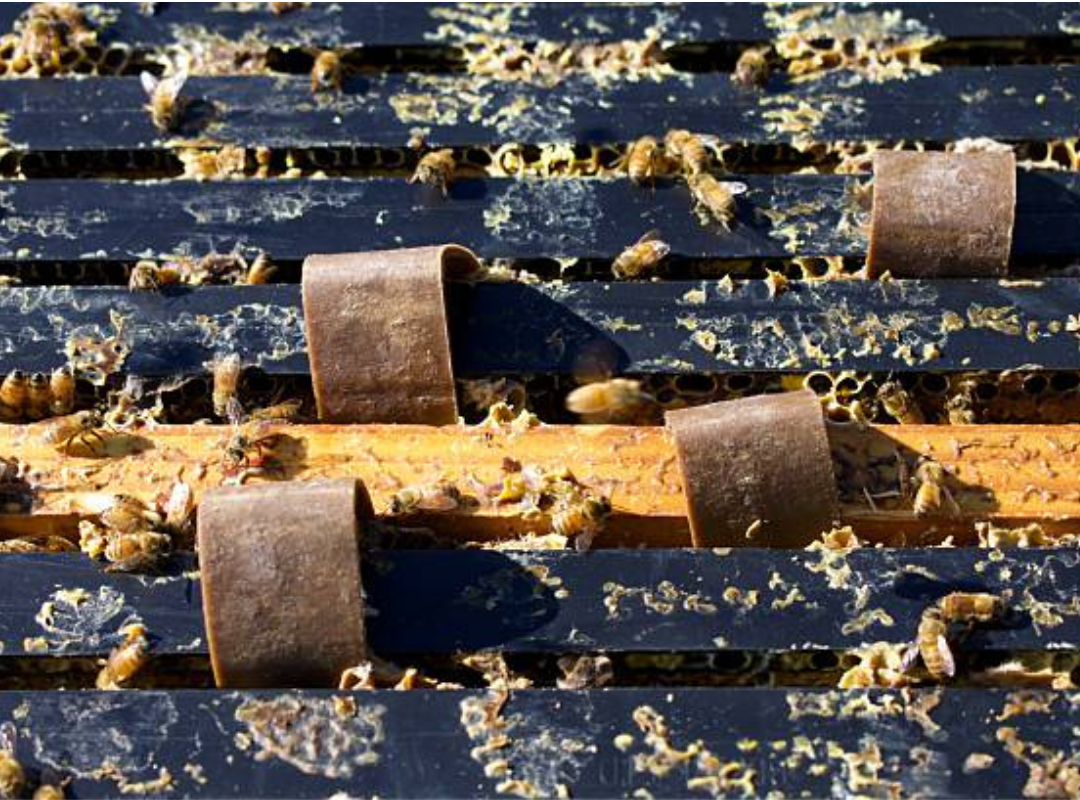What Happens to a Hive After the Bees Are Removed

When bees are removed from a property, most people assume the job is done. However, the hive they leave behind can tell a different story. An abandoned beehive is not just an empty shell—it can hold honey, wax, brood combs, and even pests waiting to move in. If left untreated, this leftover hive can cause structural damage, attract other insects or rodents, and create hygiene issues. Understanding what happens to a hive after the bees are removed helps homeowners take the right steps to ensure safety, cleanliness, and prevention of future infestations.
Immediate Aftermath Once Bees Are Removed
Right after bees are removed, the hive begins to change rapidly. Without the constant care of worker bees, honeycombs can melt in the heat, dripping honey into walls, ceilings, or surrounding areas. This can cause staining, structural weakening, and a strong, sweet smell that draws ants, moths, or even new swarms. Additionally, any brood (developing bees) left inside will perish, which can lead to unpleasant odors. Acting quickly after the bees are removed ensures these problems don’t escalate into costly repairs or repeat infestations.
Why Leftover Hives Can Attract Other Pests
A hive left in place after bees are removed is essentially a ready-made shelter filled with food resources. The residual honey and wax can lure ants, cockroaches, wax moths, and rodents. Wax moths, in particular, can destroy the remaining comb structure, leaving behind a mess of silk and frass. If the hive is inside a wall or attic, these pests can spread to other areas of the home. Professional cleanup combined with safe and ethical bee removal practices ensures that not only are the bees gone, but the hive is properly dismantled and sanitized.
Role of Heat and Weather in Hive Decay
Environmental conditions play a big role in what happens after bees are removed. In warm climates, honey can liquefy and seep into building materials within days, attracting more unwanted guests. In colder regions, the hive may remain intact longer but can still become a breeding ground for mold and bacteria. Rainwater entering an exposed hive accelerates decay, increasing the risk of structural rot. Weatherproof sealing and thorough hive removal are essential to avoid secondary damage and lingering odors.
How Professional Hive Removal Works
When bees are removed, professionals don’t just take the insects—they also deal with the hive itself. This process often involves cutting away combs, scraping residual wax, and cleaning the area with specialized tools and solutions. In some cases, insulation or wall sections may need replacement if honey has seeped deeply into them. After removal, the cavity is disinfected to prevent mold and sealed to discourage other bees from taking up residence. This thorough approach is the best way to ensure the problem doesn’t return.
Why Sealing the Entry Points is Essential
After bees are removed and the hive is cleaned, sealing up entry points is a critical final step. Bees are creatures of habit and can return to the exact same location if it remains accessible. Even different swarms may scout out the old site, especially if lingering scents signal a suitable nesting area. By repairing holes, cracks, and gaps, you eliminate the risk of another colony moving in. Proper sealing also prevents other wildlife, such as wasps or birds, from exploiting the same space.
Long-Term Effects if a Hive is Left Behind
Ignoring a hive after bees are removed can lead to long-term issues. The weight of the honeycomb can cause ceilings to sag, while fermented honey can seep through paint or drywall. The strong odor from decaying organic material may persist for months, lowering indoor air quality. In some cases, homeowners discover mold growth in the same area, posing health risks. The longer the hive remains, the more complicated and costly the cleanup will be—making immediate attention a smart investment.
Environmental Perspective
While the focus is often on property protection, it’s also important to consider the environmental angle after bees are removed. Discarded wax and honey should be disposed of responsibly, as they can attract feral bees or other wildlife if left outdoors. Ethical removal companies often recycle wax for non-food purposes or donate clean honey to wildlife rehabilitation centers. This ensures that the removal process benefits both humans and the surrounding ecosystem, rather than creating new problems.
Conclusion
When bees are removed, the job is far from finished until the hive itself is dealt with. Leftover hives can melt, rot, attract pests, and even damage property over time. The best approach involves complete hive removal, thorough sanitation, sealing of entry points, and responsible disposal of hive materials. By understanding the full process and working with professionals who prioritize both safety and environmental care, property owners can protect their homes while respecting the vital role bees play in our ecosystem.

